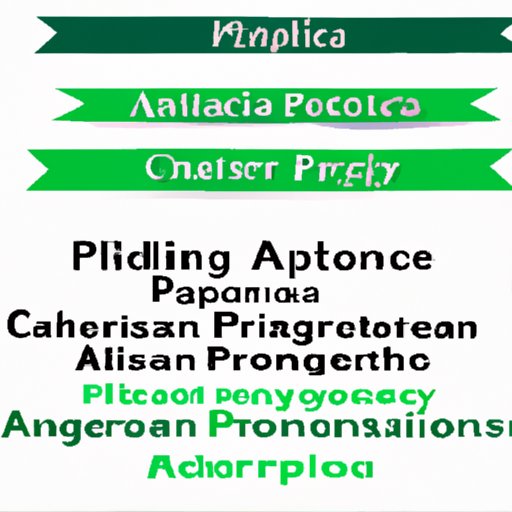
I. Introduction
APA citation can be a challenging concept to master, especially for students and scholars new to academic writing. Proper referencing is a critical aspect of any scholarly work, however, and can impact the credibility of your research and academic integrity. This article aims to provide a step-by-step guide for citing sources in APA format, exploring different citation styles, and offering tips and strategies for effective referencing.
II. A step-by-step guide to APA citation
Before diving into the specifics of APA citation, it is essential to understand the basic rules of referencing. APA citation requires the inclusion of both in-text citations and a comprehensive reference list. The reference list must include all sources used in the research and is usually presented in alphabetical order by author’s last name.
Tips for effective referencing include always citing sources as soon as they are used in the text, double-checking citations and reference lists for accuracy, and being consistent with capitalization and punctuation.
Examples of APA citation include:
In-text citation: (Smith, 2019)
Reference list citation for a book: Smith, J. (2019). The art of writing. Oxford University Press.
III. Mastering APA citation
Exploring different citation styles can be an important step in mastering APA citation. Some citation styles may be required for certain disciplines or subjects, such as Chicago or MLA style.
Rules governing the different citation styles may include specific formatting, citation placement, or even citation punctuation. Examples of different citation styles may include:
Chicago style: (Smith 2019, 20)
MLA style: (Smith 20)
IV. Simplifying APA citation
Tips for correctly citing sources can simplify the process of APA referencing and prevent common errors. These tips include always providing complete and accurate information about sources used, formatting citations in the correct manner, and revising drafts for consistency in referencing.
Common errors to avoid may include failing to include crucial information in citations, misrepresenting sources in the reference list, or failing to cite sources altogether. Examples of common errors and how to avoid them may include:
Forgetting to include page numbers in in-text citations
Forgetting to alphabetize references in the reference list
V. The importance of APA citation
Understanding the role of referencing in academic writing cannot be overstated. Proper citation practices demonstrate academic integrity and give credit to the sources that inform research and scholarship.
Importance of proper citation in scholarship cannot be emphasized enough. Proper citation helps researchers locate and engage with sources used in the research, making their work more credible and accessible.
The consequences of poor citation practices can be severe, including accusations of plagiarism and reputational damage.
VI. Effective APA citation
Strategies for accurately citing sources include using online citation tools, seeking input from colleagues and mentors, and staying up to date on changes in citation rules. Tips for avoiding plagiarism may include paraphrasing ideas instead of copying them verbatim and adding personal insights and analysis to cited information.
Examples of effective citation practices may include:
Using Cornell University’s Online Citation Tool
Seeking feedback from professors or colleagues on draft references
VII. APA citation made easy
Quick tips for citing different types of sources in APA format include using proper capitalization and punctuation, using the correct citation style for the type of source being cited, and double-checking citations and reference lists for accuracy. Examples of how to cite different types of sources may include:
Citation for a journal article:
Author, A. A., Author, B. B., & Author, C. C. (Year). Title of the article. Title of Journal, volume number(issue number), page range.
VIII. APA citation basics
Understanding the key components of APA referencing includes knowing how to format citations and reference lists correctly, understanding the importance of citation punctuation and capitalization, and knowing how to avoid common referencing errors.
How to use APA referencing effectively includes understanding the specific requirements for various citation styles and being consistent with citation format and punctuation. Examples of APA referencing may include:
Citation style for a book:
Author, A. A. (Year of publication). Title of work: Capital letter also for subtitle. Publisher.
IX. Conclusion
In conclusion, mastering APA citation is an essential aspect of scholarly work. Understanding the rules of APA citation, exploring different citation styles, and following tips for effective referencing can make the process less daunting. The importance of understanding and mastering APA citation cannot be overemphasized.
Applying the tips and strategies provided in this article can help ensure accuracy and consistency in referencing and prevent potential consequences of poor citation practices.





